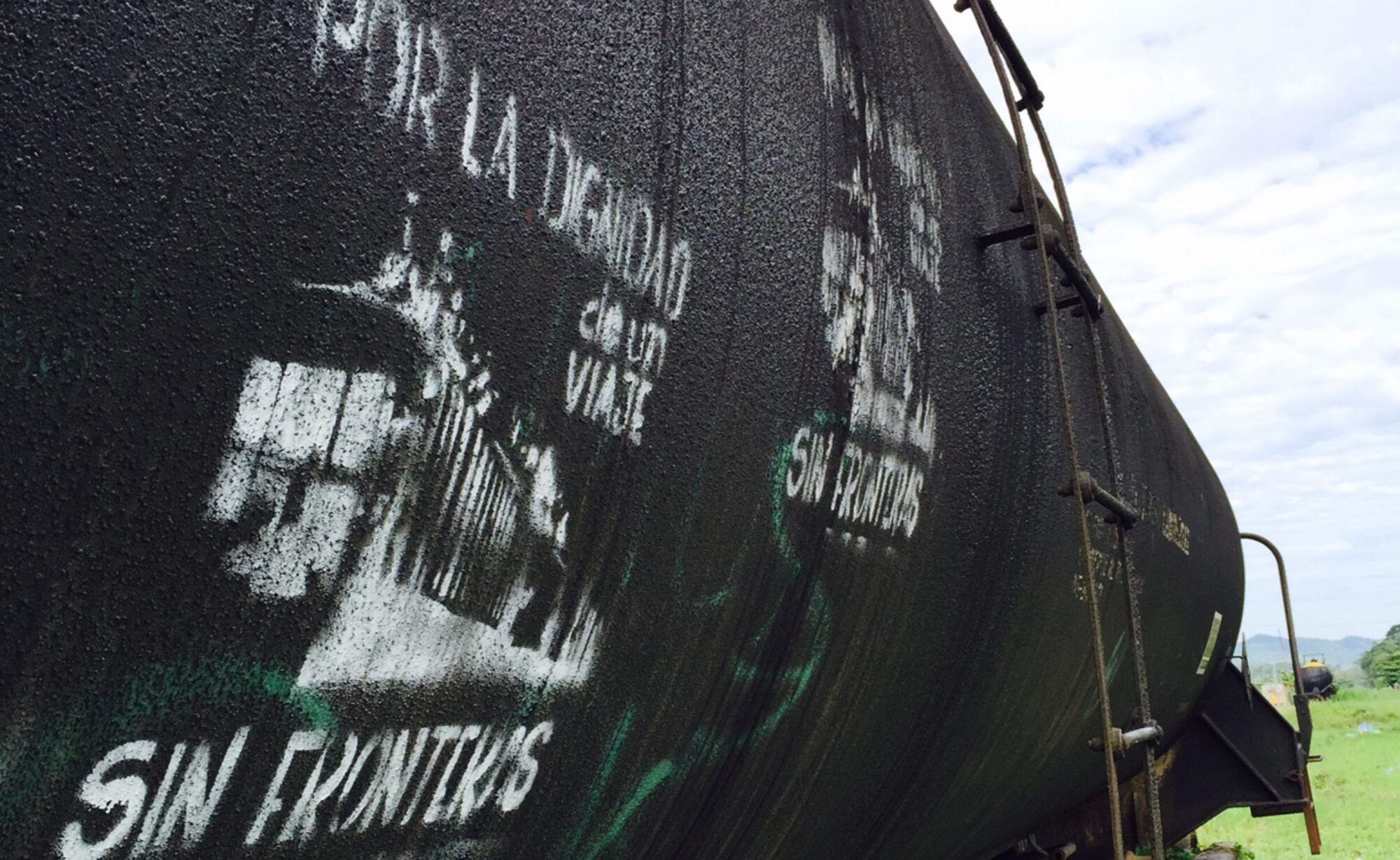Although Arriaga, Chiapas, a town of 25,000 people, was 150 miles away from the Guatemalan border, it had the feeling of a border town. Up until the summer of 2014, it thrummed with Central Americans, many of whom would congregate in the train yard that divided Arriaga in two. But in July, it changed dramatically, as if a switch had been flipped. The U.S. border extension had clicked on.
As I sat with Carlos Bartolo Solis in his dark office in the town’s only migrant shelter, he told me that authorities wouldn’t let people board the train, and crowds of people—primarily Central Americans from Guatemala, Honduras, and El Salvador—had just vanished from the train yards. When the train blasted its baritone horn and began to chug north, immigration agents in sleek vans, accompanied by the Mexican federal police and sometimes the army, rode along in search of unauthorized people. At night, Solis said, they used blinding spotlights.
Things had changed quickly and suddenly on the Mexico-Guatemala frontier. It was perhaps one of the best places to see the anatomy of U.S. border externalization, how swiftly it could strike, with the force of a superstorm, impacting any human being unfortunate enough to be in its path. The border battle we were seeing played out in Arriaga was what anthropologist Jeff Halper has called a “securocratic war.” In his book War Against the People, he explains its origins: Inequality between countries has skyrocketed in a short period of time. The ratio of per capita GDP between the richest and poorest nations went from a ratio of 22:1 at the beginning of the twentieth century to 267:1 by the year 2000. In this situation, “the experience of the vast majority of people worldwide becomes one of impoverishment, marginality, exploitation, dislocation and violence.”
Read the rest here as published at NACLA.
